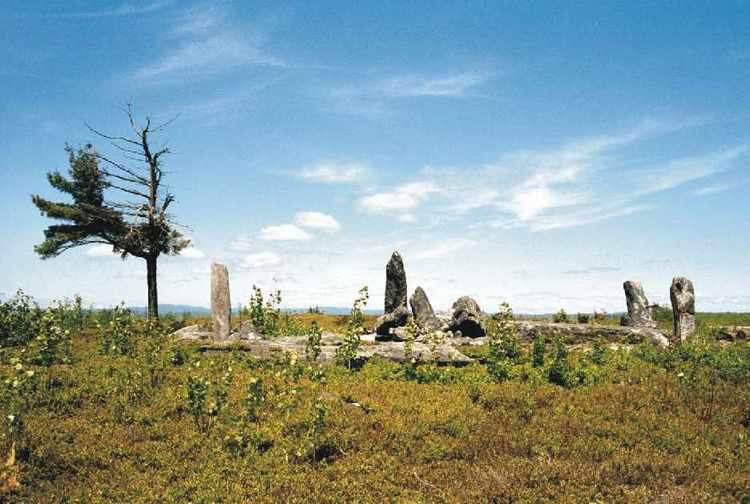 | ||
The archaeology of the Americas is the study of the archaeology of North America (Mesoamerica included), Central America, South America and the Caribbean. This includes the study of pre-historic/Pre-Columbian and historic indigenous American peoples, as well as historical archaeology of more recent eras.
Contents
Periodization
The Pre-Columbian era is the term generally used to encompass all period subdivisions in the history of the Americas spanning the time from the original settlement of the Americas in the Upper Paleolithic up until to the European colonization of the Americas during the early modern period. While technically referring to the era before the voyages of Christopher Columbus from 1492 to 1504, in practice the term usually includes the history of American indigenous cultures until they were conquered or significantly influenced by Europeans, even if this happened decades or even centuries after Columbus' initial landing.
The pre-Columbian archaeological record in the Americas is conventionally divided into five phases according to an enduring system established in Gordon Willey and Philip Phillips's 1958 book Method and Theory in American Archaeology. This differs from old world prehistory where the terms Paleolithic, Mesolithic, Neolithic, Chalcolithic, and Bronze Age are generally used.
Numerous regional and sub-regional divisions have since been defined to distinguish various cultures through time and space, as later archaeologists recognized that these generalised stages did not adequately correspond to the cultural variation that existed in different locations in the Americas.
North America
Since 1990, in the United States, physical anthropology and archaeological investigations based on the study of human remains are complicated by the Native American Graves Protection and Repatriation Act, (NAGPRA), which provides for the bodies of Native Americans and associated grave goods to be turned over to the recognized tribal body most legally affiliated with the remains. In some cases, notably, that of Kennewick Man, these laws have been subject to close judicial scrutiny and great intellectual conflict.
Mesoamerica
Mesoamerica or Meso-America (Spanish: Mesoamérica) is a region and cultural area in the Americas, extending approximately from central Mexico to Honduras and Nicaragua, within which a number of pre-Columbian societies flourished before the Spanish colonization of the Americas in the 15th and 16th centuries. Prehistoric groups in this area are characterized by agricultural villages and large ceremonial and politico-religious capitals This culture area included some of the most complex and advanced cultures of the Americas, including the Olmec, Teotihuacan, the Maya, and the Aztec.
Archaeogenetics
Molecular genetics study suggests that surviving Amerindian populations derived from a theoretical single founding population, possibly from only 50 to 70 genetic contributors Preliminary research, restricted to only 9 genomic regions (or loci) have shown a genetic link between original Americas and Asia populations. The study does not address the question of separate migrations for these groups, and excludes other DNA data-sets.
The American Journal of Human Genetics released an article in 2007 stating "Here we show, by using 86 complete mitochondrial genomes, that all Indigenous American haplogroups, including Haplogroup X (mtDNA), were part of a single founding population." Amerindian groups in the Bering Strait region exhibit perhaps the strongest DNA or mitochondrial DNA relations to Siberian peoples. The genetic diversity of Amerindian indigenous groups increase with distance from the assumed entry point into the Americas. Certain genetic diversity patterns from West to East suggest at least some coastal migration events. Geneticists have variously estimated that peoples of Asia and the Americas were part of the same population from 42,000 to 21,000 years ago.
